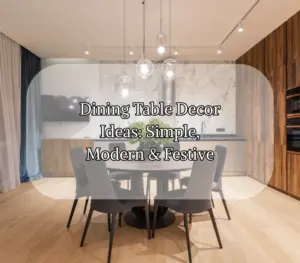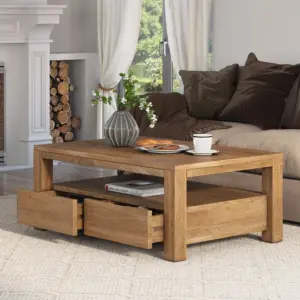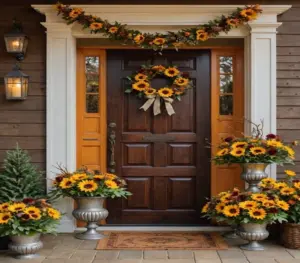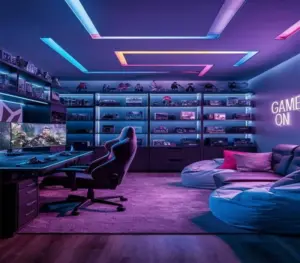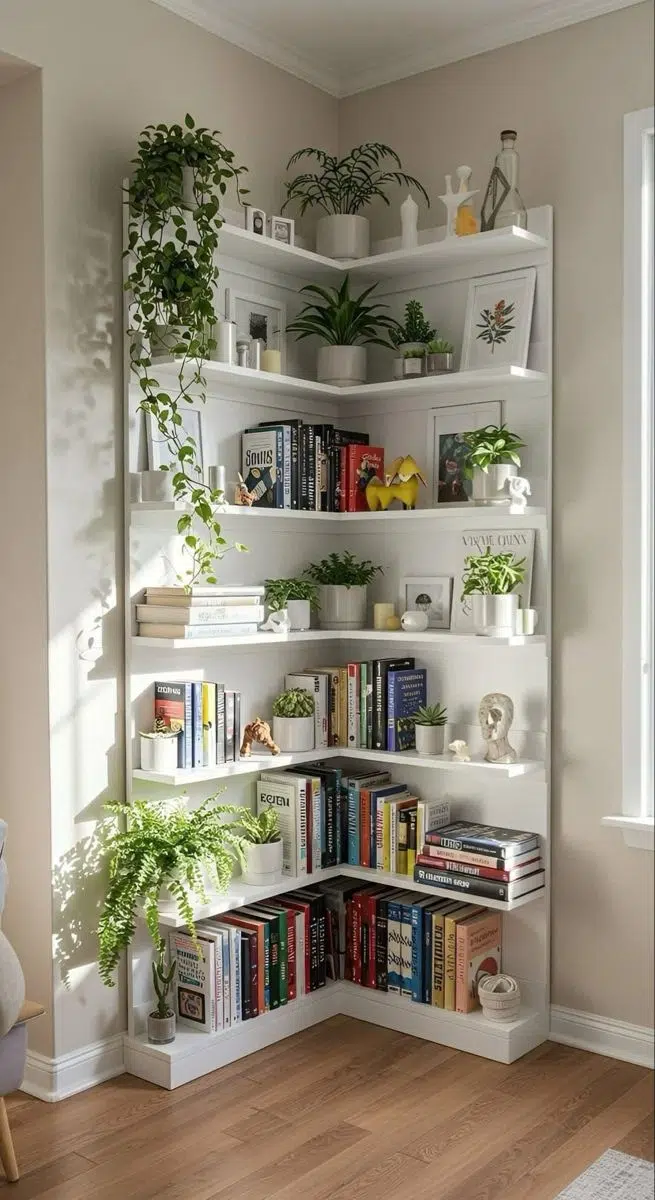
Bookshelves are more than just storage for your favorite novels—they’re a canvas for creativity, a reflection of your personality, and a way to elevate your home’s aesthetic. Whether you’re working with a towering built-in unit or a modest shelf in a cozy corner, bookshelf decor can transform any space into a stylish and functional focal point. In this guide, we’ll explore practical tips, creative ideas, and expert advice to help you craft a bookshelf that’s both beautiful and purposeful, all while keeping the process approachable and fun.
Why Bookshelf Decor Matters
A well-decorated bookshelf does more than organize your books; it tells a story about who you are. It’s a chance to showcase your interests, display cherished keepsakes, and add warmth to your living space. Thoughtful bookshelf decor can also balance functionality with style, making your shelves both a storage solution and a design statement. Whether you’re a minimalist, a maximalist, or somewhere in between, there’s a decorating approach that will suit your taste and space.
Start with a Clean Slate
Before diving into bookshelf decor, clear off your shelves entirely. This gives you a fresh perspective and allows you to assess what you’re working with. Dust the shelves, sort through your books, and decide which items you want to keep on display. Donate or store books that no longer spark joy, and consider grouping similar items together to create a cohesive look. A clean slate sets the stage for intentional design choices.
Curate Your Book Collection
Books are the heart of any bookshelf, so start by arranging them thoughtfully. There are several ways to organize your books to enhance both style and accessibility:
-
By Color: Grouping books by color creates a visually striking effect, perfect for modern or eclectic spaces. Try arranging them in a rainbow pattern for a playful vibe.
-
By Genre or Theme: If you’re an avid reader, organize books by genre (fiction, non-fiction, self-help) or theme (travel, history, art) for easy access.
-
By Size: Place larger books on lower shelves and smaller ones higher up to create balance and prevent the shelf from feeling top-heavy.
Mix up the orientation of your books for added visual interest. Stack some horizontally to create platforms for decorative items, while keeping others vertical for a classic look. Don’t be afraid to leave some empty space—overcrowding can make your shelves feel cluttered.
Add Layers with Decorative Objects
Bookshelf decor shines when you incorporate personal and decorative items that add texture, height, and personality. Here are some ideas to inspire you:
-
Plants: A small potted plant, like a succulent or a trailing pothos, adds a touch of greenery and softens the look of your shelves. For low-maintenance options, consider faux plants that look just as vibrant.
-
Art and Frames: Small framed photos, artwork, or even a leaning mirror can add depth and a personal touch. Mix frame sizes and styles for an eclectic feel.
-
Sculptures and Bookends: Unique bookends, whether geometric, vintage, or quirky, can anchor your books while adding character. Sculptural pieces like ceramic vases or abstract figurines also work well.
-
Baskets and Boxes: Woven baskets or decorative boxes are perfect for hiding smaller items like cables, remotes, or miscellaneous trinkets, keeping your shelves tidy.
When placing these items, follow the “rule of thirds” to create balance. Group objects in odd numbers (three or five) and vary their heights to guide the eye naturally across the shelf.
Play with Color and Texture
Color and texture are key to making your bookshelf decor pop. If your room has a neutral palette, use your shelves to introduce bold colors through book covers, vases, or decorative objects. For a cohesive look, choose a color scheme that complements your room’s existing decor—think metallics for a modern vibe or earthy tones for a cozy feel.
Texture adds depth and keeps your shelves from looking flat. Combine smooth ceramics, rough woven baskets, and glossy photo frames to create contrast. If your bookshelves are wooden, consider painting the back panel in a contrasting color or adding peel-and-stick wallpaper for a custom look without the commitment.
Incorporate Personal Touches
Your bookshelf should reflect your personality, so don’t shy away from displaying items that mean something to you. Travel souvenirs, family heirlooms, or handmade crafts can make your shelves feel uniquely yours. For example:
-
A small globe or postcards from your travels can spark conversation.
-
A vintage clock or inherited trinket can add a sense of history.
-
Children’s artwork or handmade pottery can bring warmth and nostalgia.
These personal touches make your bookshelf decor not just a design choice but a storytelling opportunity.
Balance Form and Function
While aesthetics are important, your bookshelf still needs to serve a practical purpose. If you’re short on space, incorporate storage solutions like baskets or boxes to keep less attractive items out of sight. For small spaces, consider floating shelves or a ladder-style bookshelf to maximize vertical space without overwhelming the room. If you use your bookshelf for more than books—say, for office supplies or kids’ toys—dedicate specific shelves for these items and style them with decorative containers to maintain a polished look.
Seasonal and Rotating Decor
Keep your bookshelf decor fresh by updating it seasonally or whenever inspiration strikes. For example:
-
Fall: Add pumpkins, dried leaves, or warm-toned candles.
-
Winter: Incorporate fairy lights, pinecones, or metallic accents for a festive glow.
-
Spring/Summer: Use bright colors, fresh flowers, or beach-inspired items like shells.
Rotating a few items every few months keeps your shelves dynamic and gives you a chance to rediscover forgotten treasures.
Common Mistakes to Avoid
When decorating your bookshelf, steer clear of these pitfalls:
-
Overcrowding: Too many items can make your shelves feel chaotic. Leave some breathing room for a clean, intentional look.
-
Ignoring Scale: Small items on a large shelf can get lost, while oversized objects can overwhelm a smaller unit. Choose pieces that fit the scale of your shelves.
-
Lack of Balance: Distribute visual weight evenly across the shelves to avoid a lopsided appearance.
Conclusion
Bookshelf decor is an opportunity to blend creativity, organization, and personal expression. By thoughtfully curating your books, layering in decorative objects, and balancing form with function, you can create a bookshelf that’s both a practical storage solution and a stunning design feature. Experiment with colors, textures, and personal touches to make your shelves uniquely yours. With a little effort, your bookshelf can become the heart of your home’s decor, inviting admiration and sparking joy every time you walk by.
Frequently Asked Questions (FAQs)
1. How can I make my bookshelf look less cluttered?
To avoid a cluttered look, start by decluttering your shelves and keeping only items you love. Use the “rule of thirds” to group objects in odd numbers and leave some empty space for a clean, airy feel. Incorporate storage solutions like baskets or boxes to hide smaller items, and ensure your books and decor are balanced in size and placement.
2. What are some budget-friendly bookshelf decor ideas?
You don’t need to spend a lot to create stunning bookshelf decor. Shop your home for items like books, photos, or souvenirs you already own. Add affordable accents like thrift store vases, DIY bookends, or inexpensive plants. Grouping books by color or stacking them creatively can also add style without costing a dime.
3. How do I decorate a small bookshelf without overwhelming the space?
For a small bookshelf, focus on minimalism and scale. Choose a few key pieces, like a small plant, a framed photo, and a decorative bookend, to avoid overcrowding. Use vertical space wisely with floating shelves or stack books horizontally to create levels. Stick to a cohesive color palette to make the space feel larger and more unified.
Read Also: coyyn.com digital
